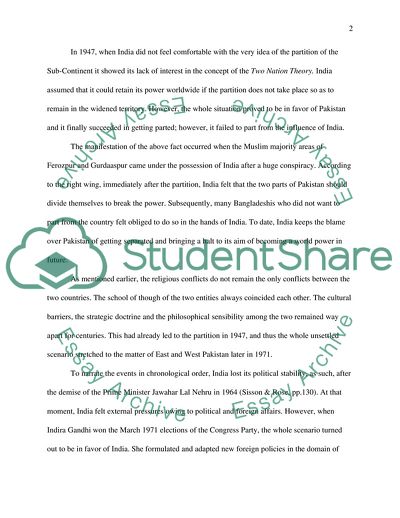Cite this document
(Sociology of War Essay Example | Topics and Well Written Essays - 1500 words, n.d.)
Sociology of War Essay Example | Topics and Well Written Essays - 1500 words. https://studentshare.org/sociology/1743821-sociology-of-war
Sociology of War Essay Example | Topics and Well Written Essays - 1500 words. https://studentshare.org/sociology/1743821-sociology-of-war
(Sociology of War Essay Example | Topics and Well Written Essays - 1500 Words)
Sociology of War Essay Example | Topics and Well Written Essays - 1500 Words. https://studentshare.org/sociology/1743821-sociology-of-war.
Sociology of War Essay Example | Topics and Well Written Essays - 1500 Words. https://studentshare.org/sociology/1743821-sociology-of-war.
“Sociology of War Essay Example | Topics and Well Written Essays - 1500 Words”. https://studentshare.org/sociology/1743821-sociology-of-war.


